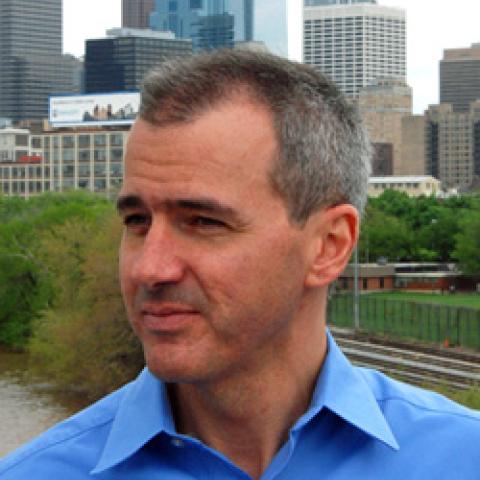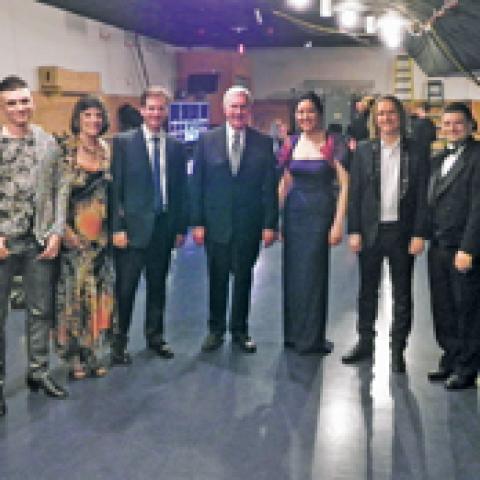
The 13th annual Philadelphia/Macy’s Young Artist Organ Camp took place June 23–28. Currently under sponsorship of the Sansom Foundation, the camp originated as part of the educational outreach programs at the Kimmel Center with Alan Morrison as instructor. He later teamed up with Peter Richard Conte at Macy’s to give students a unique experience by having daily lessons on both the Dobson organ in Verizon Hall and on the Wanamaker organ at Macy’s.
Venues have varied every year since to give the students greater exposure to some of the historic organs of Philadelphia. This year included lessons and classes on the Skinner Organ Company Opus 872 at Girard College, the Dobson organ in Verizon Hall, and the Wanamaker organ at Macy’s. Other venues visited were St. Clement’s Church (1914 Austin Organ Company Opus 507) and the Curtis Institute of Music for practice facilities. In addition to daily lessons, Robert McCormick, of St. Mark’s Church Locust Street, led three sessions on hymn playing and chant accompaniment. The camp is limited to five or six students.
For information: alanmorrison@comcast.net.
Pictured at Macy’s, (L–R), back row: Peter Richard Conte and Alan Morrison, front row: Michael Gibson, Reilly Xu, Bruce Xu, Emily Amos, Aaron Patterson




